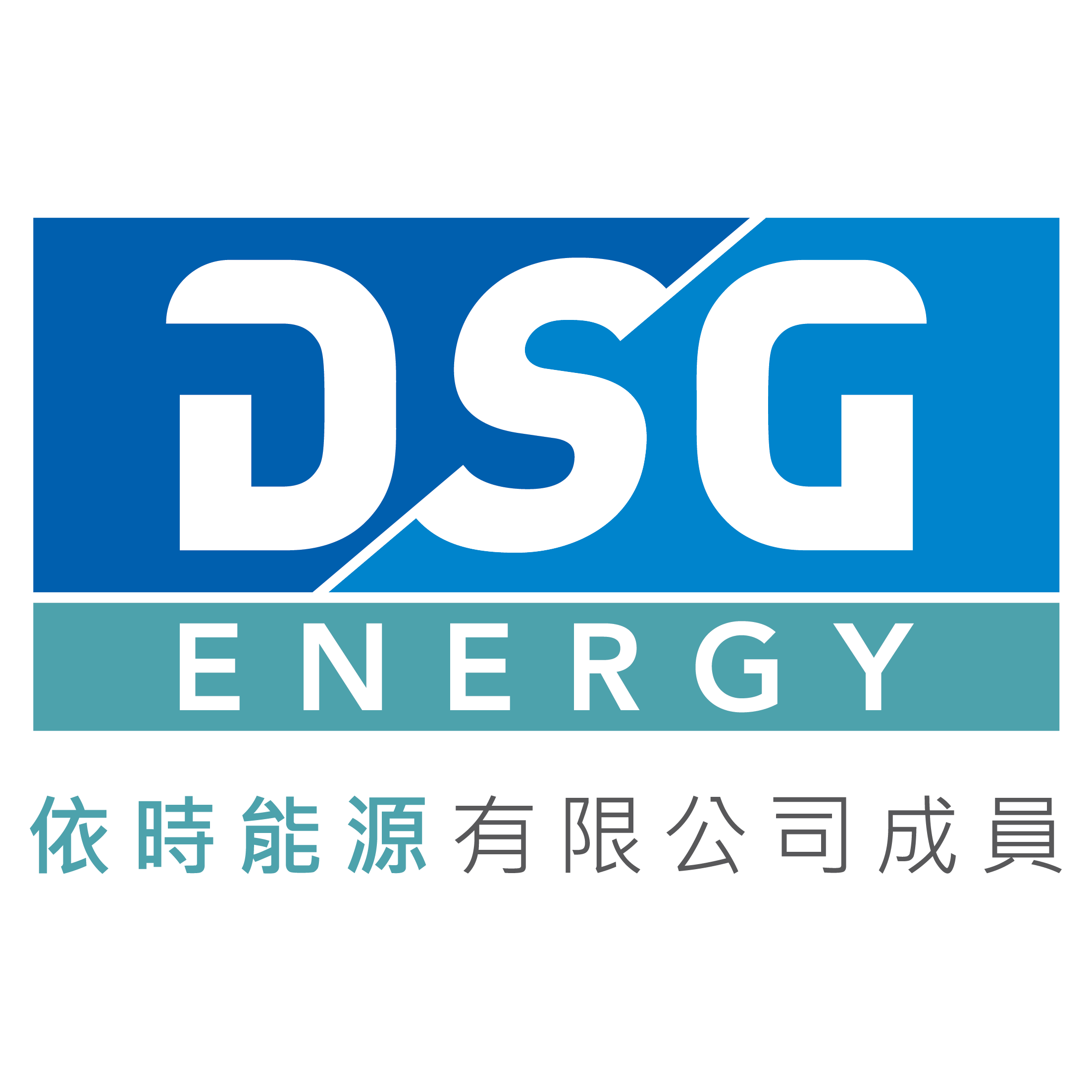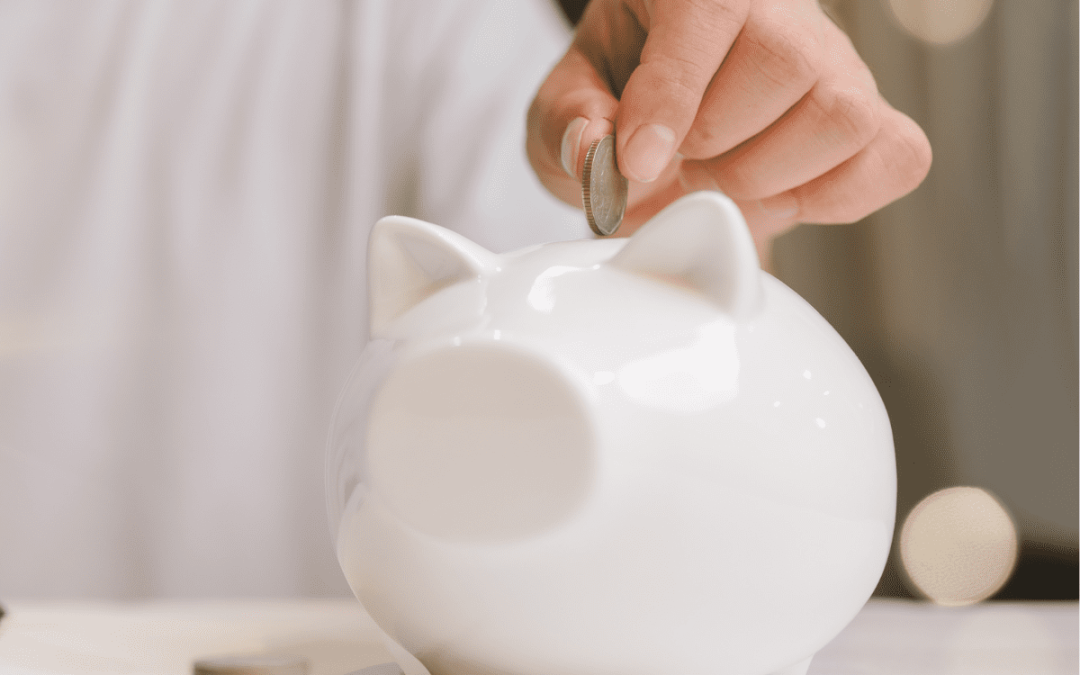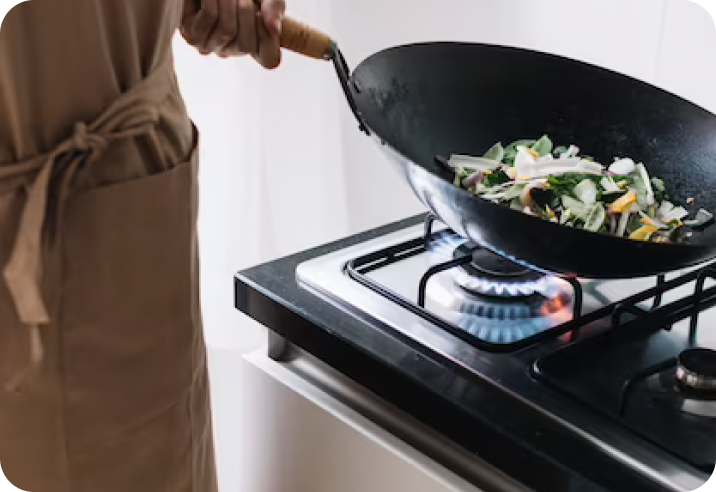
15 Household Energy Saving Hacks
Modern households are filled with various appliances, from refrigerators to washing machines, from televisions to air conditioners. These devices undoubtedly bring great convenience to our lives. However, their usage also comes with a significant amount of energy consumption, leading to an increasing energy burden on households. Therefore, energy conservation has become an important issue in today’s home management.
In light of this, DSG Energy provides numerous energy-saving tips for the public to consider. These methods are not only simple and practical but can also be implemented in daily life, reducing energy costs and contributing to environmental protection. Now, let’s explore these valuable pieces of information together and embark on your journey to energy-efficient homes!
Washing Machine
- Choose energy efficient washing machines. Washing machines with “Grade 1” energy label are the most energy efficient.
- Choose a washing machine that meets your household’s needs. If your normal laundry loads are small, choose a smaller model that uses less water and use a public laundromat for large items like comforters.
- Fully load the machine – washing a half load of clothes consumes about the same amount of energy as a full load.
- Separate clothes according to fabric, colours and dirtiness; and wash the clothes using appropriate washing programmes to save energy and water.
- Washing in cold water is not only more energy efficient, it’s also better for your clothes. Wash dark and coloured clothes in cold water. Use hot water for your whites only when necessary.
Tumble Dryer
- Choose energy efficient tumble dryers.
- Whenever possible, hang-dry the washing in sunlight at the outdoors.
- Removing excess water from clothes or spin drying the clothes at high- speed spin cycle in the washing machine before drying in a tumble dryer can save energy.
- Cleaning the lint filter before/after each load keeps a dryer efficient.
- Do not overload a dryer as this will block the airflow and drastically reduce drying efficiency. Sort clothes and other items according to their thickness and dry them in batches.
- Purchase tumble dryers with moisture sensors and automatic drying programme to avoid over-drying.
- Remove and fold or hang all items as soon as the dryer stops to prevent wrinkles and reduce ironing requirements.
Iron
- Iron clothes in bulk to avoid frequent reheating of the iron.
- Select appropriate degree of heat for ironing. Iron clothes that require high heat first, then medium heat. Switch off the iron and use the residual heat for fabrics requiring low heat, like silk. ● Switch off the iron when it is not in use for a period of time or when ironing is done.
Refrigerator
- Choose energy efficient refrigerators. Refrigerators with “Grade 1” energy label are the most energy efficient.
- Do not put a refrigerator near a heat source – an oven, a dishwasher or direct sunlight from a window.
- Leave enough space between a refrigerator and walls or cabinets so that air can circulate around the condensing coils. Trapped heat increases energy consumption.
- Make sure that the refrigerator door is closed and the door seals are intact. Avoid opening the refrigerator door too frequently.
- Do not set the refrigerator temperature unnecessarily low.
- Allow hot or warm food to cool down to room temperature before putting it into the refrigerator.
- Do not store too much food in a refrigerator. Cover all food stored, and arrange them properly so that cold air can circulate freely.
- Defrost a direct-cool type refrigerator regularly. Do not let frost build up in the freezer compartment as this will increase energy consumption.
- Empty the refrigerator and switch it off before going abroad for a long period of time.
Cooking Appliance
- Use induction cookers as they are more energy efficient than electric stoves.
- Choose energy efficient induction cookers or gas cookers. Induction cookers or gas cookers with “Grade 1” energy label are the most energy efficient.
- Using fan-forced electric ovens can save more energy than conventional electric ovens.
- Use multi-jet cookers/ovens as their versatility can minimize energy wastage.
- Adjust the stove flame to fit the bottom of a cooking pan. Flame going up the sides of a pan wastes energy and will not increase the cooking efficiency.
- Using simmer burners to heat up food in casseroles or use slow-cook pots can save energy. ● Use cooking appliances with higher energy efficiency like microwave ovens or toaster ovens for cooking and heating food in small quantities.
- Choose energy efficient microwave ovens and electric rice cookers, such as those with an energy label.
- Using electric pots for boiling water are more energy saving than stoves.
- Boil water in volume to just meet the consumption needs. Store any surplus hot water into a thermal pot. Avoid using the keep-warm function of an electric pot.
- Keep cooking burner clean to maintain optimum efficiency in fuel combustion.
General Cooking Hints
- Using pressure cookers can save not only around 2/3 cooking time but also energy.
- Always cover pans with lids to keep the heat inside to save energy.
- Shorten the preheating time of ovens as far as possible. Switch off an oven 5 to 10 minutes before cooking is completed. Let the residual heat finish the job.
- Cook several dishes simultaneously when using an oven, or cook dishes requiring higher temperature first.
- Cooking too early ahead of the meal time wastes energy to reheat or keep warm the food. ● Defrost frozen food in the air before cooking.
- Use cooking utensils that conduct heat well. Food heats up /cooks faster in pots and pans covered with lids, thus saving energy.
- Cook food in appropriate amount to avoid food wastage and save energy.
Dishwasher
- Wash only with a full load of dishes.
- Air dry dishes instead of running the drying programme of a dishwasher.
Lighting
- Turn off the lights when not in use.
- Maximize daylight usage as far as possible.
- Choose a decoration scheme of light colours and high reflectivity to enhance indoor light intensity.
- Use lamps with high energy efficiency, such as Light Emitting Diode (LED) lamps or integrated type compact fluorescent lamps (CFLs). Make reference to the energy label on the product, where a “Grade 1” product is the most energy efficient, “Grade 5” is the least.
- For non-integrated type CFLs and electronic ballasts, choose energy efficient ones, such as those with an energy label.
- Use task lights to minimize the use of general lighting.
- Keep light bulbs and light fittings clean to maximize lighting efficiency.
Air Conditioner
- Choose energy efficient air conditioners. Air conditioners with “Grade 1” energy label are the most energy efficient.
- Adopting inverter type air conditioners can save up to 40% of annual electricity consumption compared with non-inverter type air conditioners.
- Set and maintain air-conditioned room temperature between 24oc and 26oc or above in summer.
- Use natural ventilation or electric fans instead of air conditioners as far as possible.
- Consider using an electric fan in conjunction with an air conditioner to spread cooled air more evenly.
- Clean dust filters of air conditioners regularly.
- Remove obstructions from air vents of air conditioners.
- Keep windows and doors closed when an air conditioner is turned on, and use curtains or blinds to shade against sunlight.
- Turn off air conditioners that are not in use.
- Switch off lighting and heat-producing appliances that are not in use to reduce air-conditioning load.
- Avoid direct sunshine on the outdoor heat exchanger unit of an air conditioner.
Water Heater
- Use instantaneous type water heaters as far as practicable. Otherwise, use energy efficient storage type water heaters.
- For domestic instantaneous type gas water heaters, choose energy efficient ones. Domestic instantaneous type gas water heaters with “Grade 1” energy label are the most energy efficient.
- For storage type electric water heaters, choose energy efficient ones. Storage type electric water heaters with “Grade 1” energy label are the most energy efficient.
- For storage type water heaters, choose one with an appropriate storage capacity suited to family needs.
- Switch the water heater off after use or install a timer switch to set its switch-off time.
- Set the water temperature of the water heater to the lowest acceptable level, especially in summer.
- Install the water heater as close to the taps as possible.
- Taking showers instead of baths uses 50% less hot water and energy.
- Use cold water where hot water is not absolutely necessary.
- Using a low-flow shower head saves water and heating energy.
Electric Heater
- Adopt air conditioners with heat pump feature which consumes less electrical energy than electric heaters.
- Choose air conditioners or electric heaters of appropriate rating to suit the room size.
- Use heating appliances with air distribution feature, such as air conditioners with heat pump or forced draft heaters, which circulate warm air more efficiently than general electric heaters.
- Minimize the area to be heated, and close the doors and windows thereof to prevent heat loss.
- Put on more warm clothes before considering to use heaters.
- Use heaters with thermostat and timer switch to prevent unnecessary energy consumption. Set the thermostat to maintain an appropriate indoor room temperature.
- Clean the surface and filter of an electric heater regularly helps maintain its efficiency.
- Switch off the heater 15-30 minutes before leaving.
Dehumidifier
- Choose energy efficient dehumidifiers. Dehumidifiers with “Grade 1” energy label are the most energy efficient.
- Choose dehumidifiers with automatic dehumidification function.
- Place a dehumidifier in a well-ventilated area away from corners. Do not obstruct the air outlets and returns of the dehumidifier for optimum performance.
- Do not place a dehumidifier in direct sunlight or near heating equipment.
- Keep the windows and doors closed when a dehumidifier is turned on.
- Clean a dehumidifier including the filter frequently. A clean unit runs more efficiently.
Vacuum Cleaner
- Use vacuum cleaners only when brooms or damp mops could not do the job effectively.
- Regular cleaning or replacing dust bags and filters keep vacuum cleaners efficient.
Personal Computer (PC)
- Switching off the screen saves more energy than running the “screen saver” programme.
- Use the power management function to turn the PC into “sleep” or “hibernation” mode as appropriate when it is idle.
- Switch off the PC when not in use.
- Use intelligent power extension unit to automatically switch off peripheral devices, such as monitors and printers, to reduce standby power consumption.
Audio and Visual (AV) Equipment
- Choose energy efficient televisions. Televisions with “Grade 1” energy label are the most energy efficient.
- Switch off AV equipment including radios, televisions (and set-top boxes), home audio systems, etc., after use.
- Remote control device could only switch the AV equipment into the standby mode. Turn off the power source to the AV equipment that are not in use for a long period of time or plug them off from the power socket outlets to avoid leaving them in standby mode.
- Use and preset a timer switch to turn off all AV equipment at bedtime.
Mobile Phone
- Save energy in the phone battery and minimize the need of recharging the battery by forwarding the mobile telecom services to the fixed line desk phone at home or in office.
- When both the mobile data network and a Wi-Fi network are available, using the Wi-Fi network can help conserve the phone battery power.
- Remove battery charger from power socket outlet after charging is completed.
- Minimize energy consumption of a mobile phone by switching off functions that are temporarily not in use, such as vibration, GPS, Bluetooth, etc., and dimming the screen or adopting auto brightness control mode.



